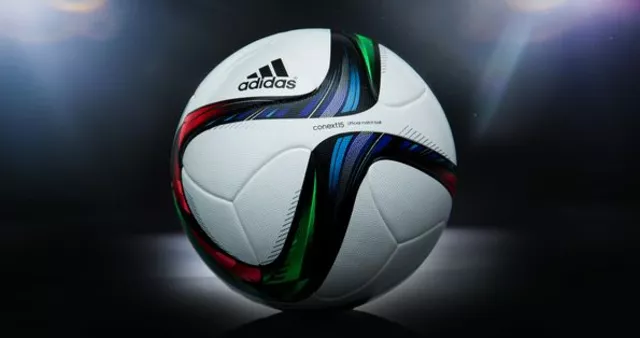A Brief History of Nike and Adidas Soccer Balls
In order to properly compare Nike and Adidas soccer balls, let's first take a look at the history of these two world-renowned brands. Nike was founded in 1964, and they introduced their first soccer ball in 1984. Since then, Nike has been a leader in soccer innovation with the iconic Total 90 Aerow ball, which debuted in 2004, and the more recent Ordem series.
Adidas, on the other hand, was established in 1949 and has a longer history in soccer. They produced the first official FIFA World Cup ball in 1970 - the Telstar - and have continued to create World Cup balls ever since. The Tango España, Brazuca, and Telstar 18 are just a few examples of Adidas' iconic designs.
Materials and Construction
When comparing Nike and Adidas soccer balls, it's important to consider the materials and construction of each ball. Both brands use a blend of synthetic materials, such as polyurethane, to create the outer layer of their soccer balls. This ensures durability and water resistance while maintaining a consistent feel on the ball.
Additionally, both Nike and Adidas soccer balls feature a multi-layer construction. This includes an outer cover, layers of foam or rubber for cushioning, and a bladder for air retention. The specific materials and construction methods may vary between models, but both brands strive to create soccer balls that provide an optimal balance of touch, responsiveness, and durability.
Design and Aesthetics
Design and aesthetics are an important aspect of any soccer ball, as they not only add to the overall appeal but can also enhance visibility on the field. Nike soccer balls often feature bold, contrasting colors and dynamic graphic patterns, such as the Mercurial Fade and the Ordem V.
Adidas soccer balls, on the other hand, tend to lean towards more traditional designs with a modern twist. The Tango series, with its iconic triad pattern, is a prime example of Adidas' classic yet contemporary style. In recent years, Adidas has also introduced more vibrant color options and striking designs, such as the World Cup balls and the UEFA Champions League balls.
Performance and Playability
When it comes to performance and playability, both Nike and Adidas soccer balls have a lot to offer. Nike balls, such as the Ordem V and the Merlin, are known for their accurate flight and consistent touch, thanks to their Aerowtrac grooves and All Conditions Control (ACC) technology. These features work together to provide optimal grip and control in various weather conditions.
Adidas soccer balls, like the Telstar 18 and the Tango series, are also praised for their performance. The seamless surface construction of Adidas balls reduces water uptake and ensures a more predictable trajectory, while the textured surface enhances grip and control. Overall, both brands deliver high-quality performance on the field, with each brand offering unique technologies and features that cater to different playing preferences.
Price and Availability
When comparing Nike and Adidas soccer balls, it's important to consider price and availability. Both brands offer a wide range of soccer balls at various price points, from affordable training balls to premium match balls. Nike's lineup includes affordable options such as the Pitch Team and the Mercurial Fade, as well as higher-end balls like the Ordem V and the Merlin.
Adidas also has a diverse selection of soccer balls, including budget-friendly options like the Tango Glider and the X Glider, as well as top-tier balls like the Telstar 18 and the UEFA Champions League Finale. In terms of availability, both Nike and Adidas soccer balls can be found at most major sporting goods retailers and online stores, making it easy for players to find the perfect ball for their needs and budget.
Conclusion: Which Brand Makes a Better Soccer Ball?
In conclusion, it's difficult to definitively say which brand makes a better soccer ball, as both Nike and Adidas offer high-quality options with unique features and benefits. Ultimately, the choice between Nike and Adidas soccer balls will come down to personal preference and playing style. Some players may prefer the bold designs and innovative technologies of Nike soccer balls, while others may be drawn to the classic aesthetics and consistent performance of Adidas balls.
No matter which brand you choose, it's essential to select a soccer ball that meets your specific needs and preferences, as this will greatly impact your enjoyment of the game. By considering factors such as materials, construction, design, performance, price, and availability, you can make an informed decision and find the perfect soccer ball for you.







Write a comment